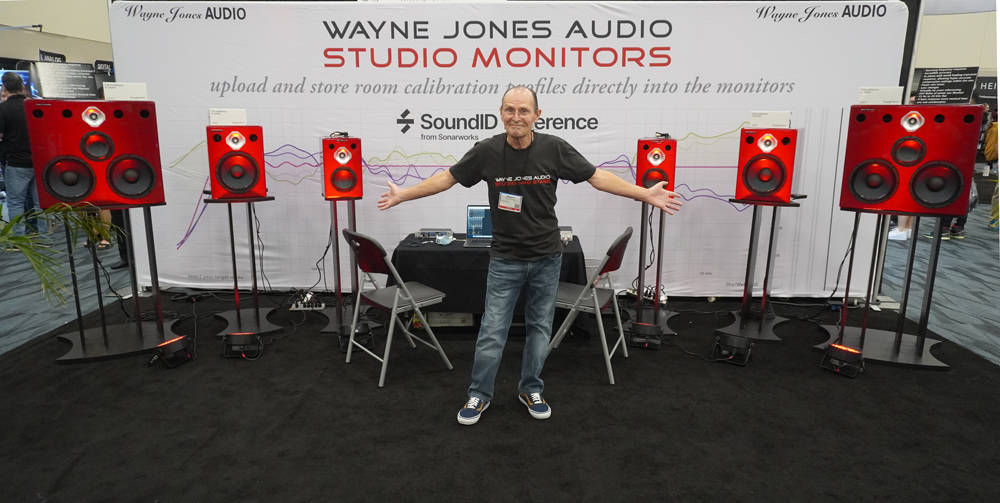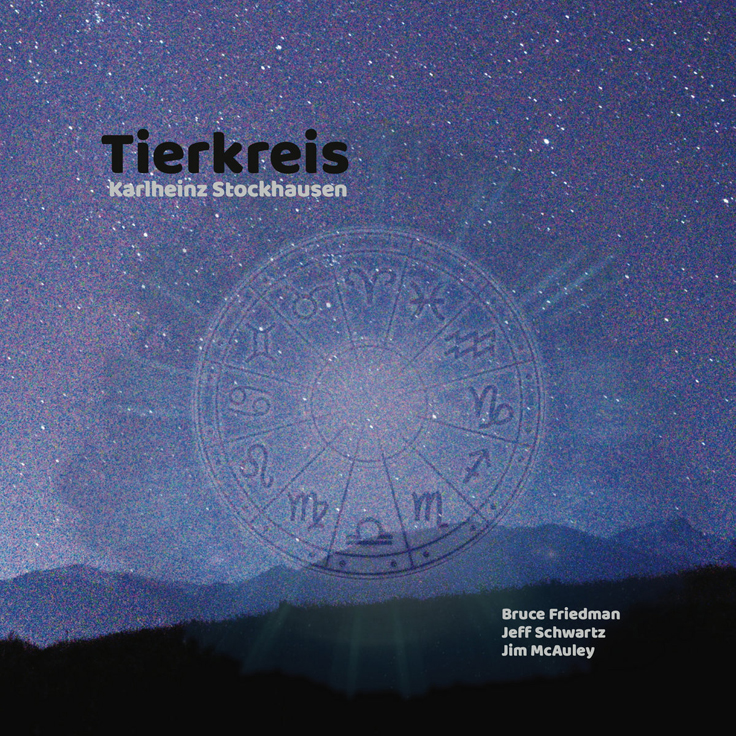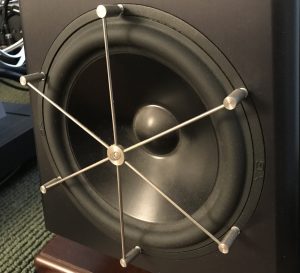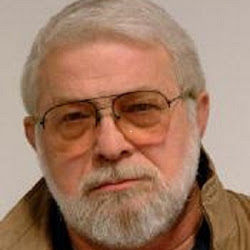
Wayne Jones at NAMM 2022
I was interested in the audiophile community's resistance to pro audio gear, used in top studios around the world. The music we listen to on our home systems was created using tools that are available to everyone, and often sport sophisticated and modern features to carefully provide shockingly accurate reproduction in any room, at any sound pressure level.
As an example, I thought I'd share some information about the flagship speakers by Wayne Jones Audio. These powered speakers were developed in Australia after a four year research project to create a custom driver. Although the speakers utilize Digital Signal Processing [DSP], it isn't used to correct variances in driver performance but, rather, to control the crossover and to tune the speakers to the room.
The newest iteration of the Jones speakers include integration with Sonarworks SoundID Reference software, which automatically tunes the speakers (both stereo and multi-channel 5.1, 7.1, and 9.1 surround installations) to the specific room. Using the supplied Sonarworks microphone, the calibration for a stereo pair takes about 20 minutes, and the settings are stored in the speakers themselves.
In the British pro audio magazine, Sound On Sound, reviewer Bob Thomas was stunned by the sound stage, detail, and transparency of the Jones system. When I heard them at the recent convention for the National Association of Music Merchandisers (NAMM) in Anaheim, I overheard one person ask, "Where's the subwoofer?" There wasn't one.
Part of the reason that the Jones speakers effortlessly extend so far into the bass range is that Jones himself is a bass player, and developed an extensive line of electric bass amplification gear because the existing systems did not accurately reproduce the sound of his instrument.
It is important to note that these speakers do not "hype" any frequencies. They're engineered to have a flat, accurate frequency response from 28Hz to 20kHz.
"We didn't want to be correcting inconsistencies with DSP, as a lot of other manufacturers do," Jones said in a recent interview. "Working with Lorantz Audio, the custom driver designer, we perfected the 10" driver, then matched the tweeter and power amp. We worked for months on internal acoustics to get the box reflections to a minimum."
Some of these features can be found in products by other manufacturers. For example, the well-respected French company, Focal, makes the Trio11-BE, which can be configured in stereo or multichannel setups. Like Jones, they use proprietary drivers and sophisticated DSP, but cost more, don't allow for saving room configurations, and don't sport a digital input. The Genelec 8361A Studio Monitor comes a bit closer, but costs nearly $2000 more, per pair.
At the end of the day, music listening is an intensely personal experience, informed by a multitude of variables, some of which defy understanding. Still, I think it worthwhile to consider, and perhaps explore, some of the great work being done in pro audio.






































